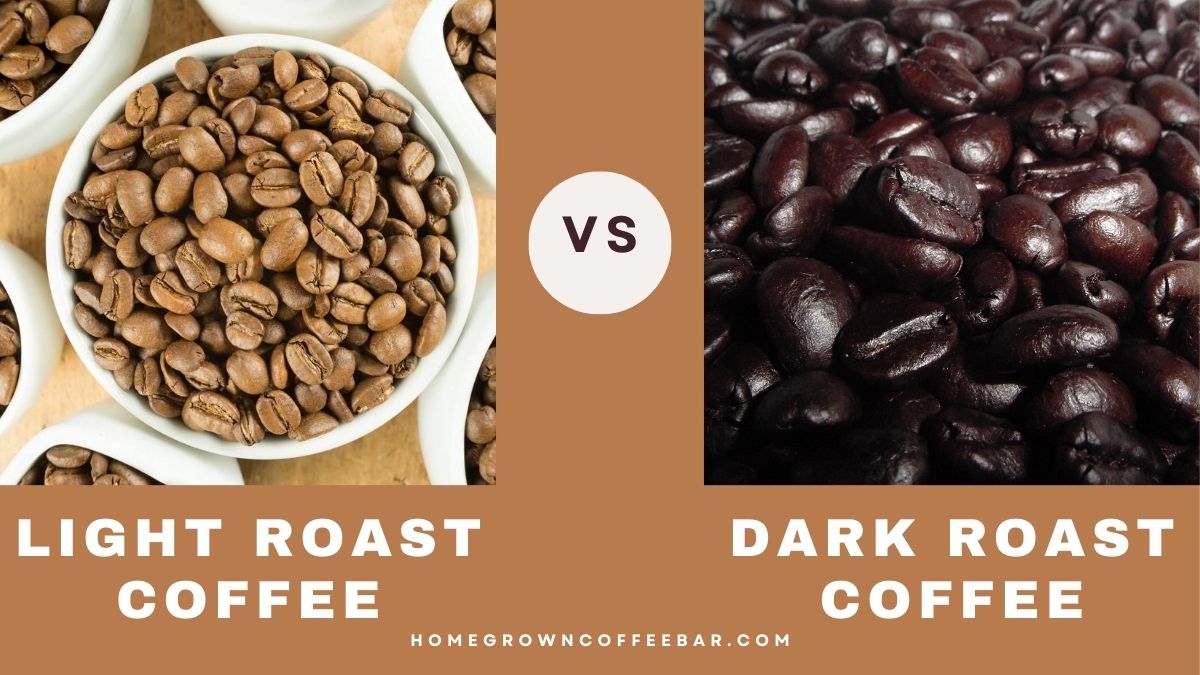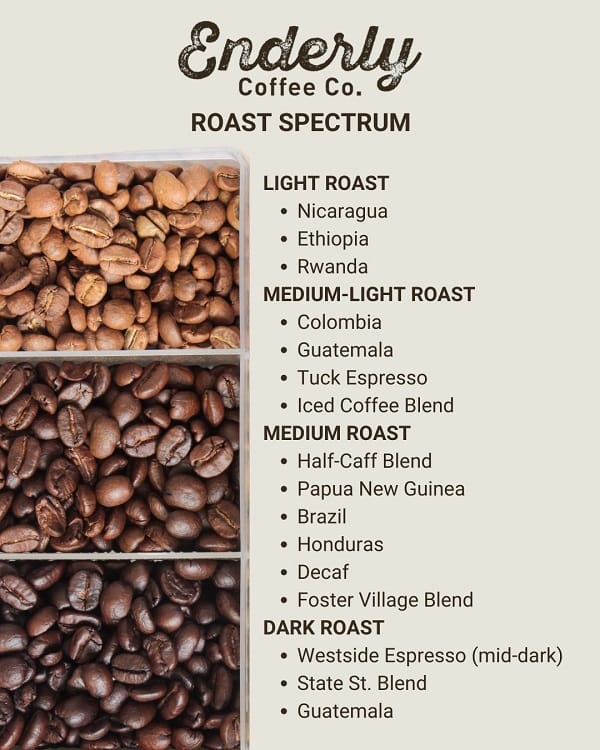Exploring the exquisite world of coffee, the debate between Light vs Dark Roast Coffee has long captivated enthusiasts and novices alike. Join us on a flavorful exploration as we uncover their differences and similarities, shedding light on the diverse characteristics that make each cup a unique experience.
Light Roast: The Subtle and Fruity Champion
Regarding light roast coffee, the flavor profile is delicately complex. These brighter, more acidic brews often showcase the intricate characteristics of the origin bean, with notes that can dance across the palate like a symphony of citrus fruits, floral aromas, and delicate berry undertones. The higher acidity can be perceived as a pleasantly tangy or sour sensation, adding to the overall vibrancy of the cup.
One of the unique attributes of light roast coffee is its lighter body, which feels less heavy on the tongue compared to its darker counterparts. This lightness, however, does not equate to a lack of flavor – rather, it allows the subtle nuances to shine through, creating a refreshing and engaging drinking experience.
Interestingly, while light roast beans may contain slightly more caffeine per bean due to their denser structure, the final cup often has a lower caffeine content. It typically requires more grounds to achieve the desired strength, resulting in a lower caffeine concentration per serving.
Dark Roast: The Bold and Robust Favorite
In contrast to the delicate charm of light roasts, dark roast coffee boasts a bolder, more intense flavor profile. These rich, velvety brews often exhibit smoky, chocolatey, and sometimes slightly bitter notes, masking the more delicate origin characteristics of the bean. The lower acidity levels contribute to a smoother, more rounded taste, appealing to those who prefer a more robust and full-bodied experience.
The fuller body of dark roast coffee results from the extended roasting process, which caramelizes the natural sugars in the beans, lending a richer mouthfeel and a more satisfying sipping experience. While these beans may contain slightly less caffeine per bean due to their less dense structure, the final cup often has a comparable caffeine content to light roast, as dark roast coffee typically requires fewer grounds to achieve the desired strength.
Choosing Your Roast: A Guide for American Coffee Preferences
When selecting the perfect roast, the choice ultimately comes down to your palate and preferences. If you’re drawn to bright, acidic flavors that dance across your tongue, a light roast coffee will likely be your ideal companion. However, a dark roast may be the way to go if you crave a bolder, smoother taste that wraps around your senses.
For those seeking a middle ground, exploring medium roast coffees can offer a harmonious balance between the two extremes, providing a more well-rounded flavor experience. Additionally, the traditional preference for lighter roasts in pour-over brewing and darker roasts in espresso-based drinks can serve as a useful guideline. However, experimentation is always encouraged to uncover your coffee nirvana.

